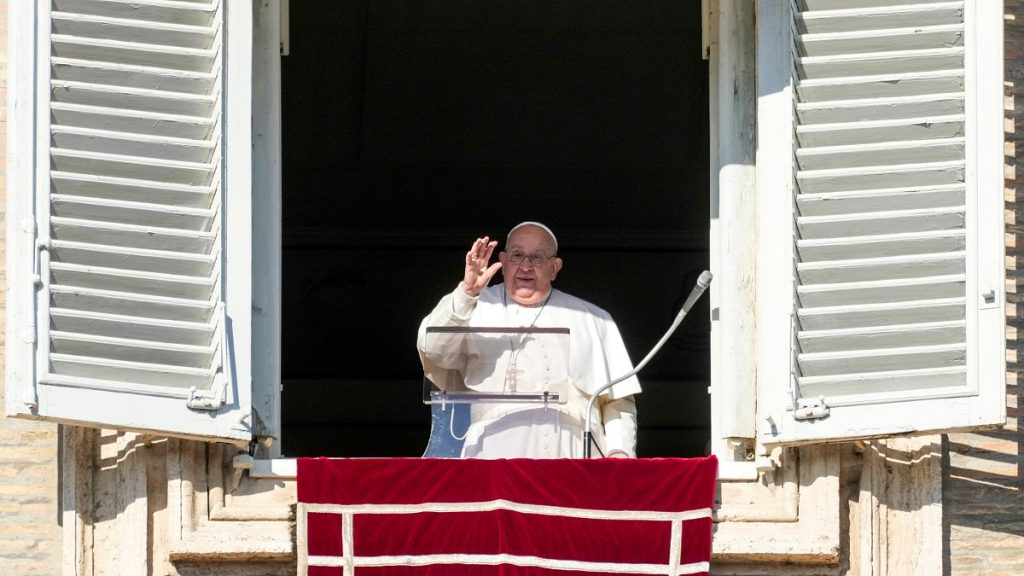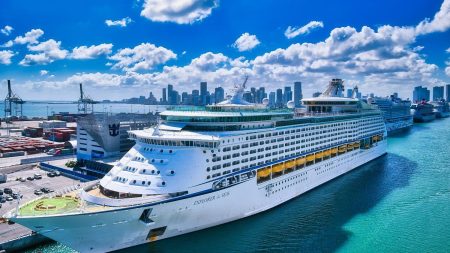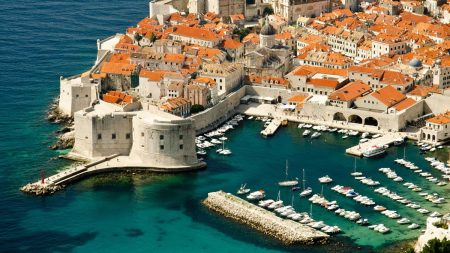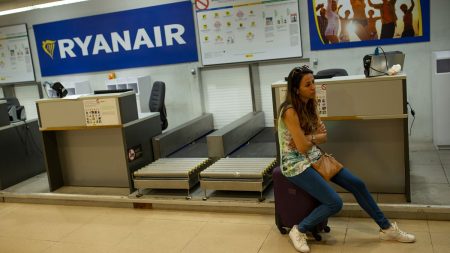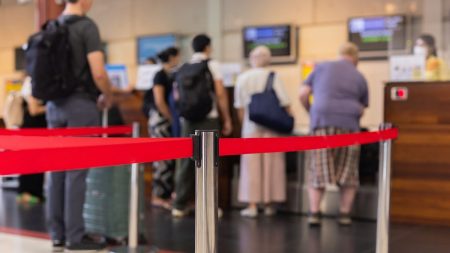Paragraph 1: Papal Condolences and Prayers for Global Peace
Pope Francis, addressing the faithful gathered in St. Peter’s Square for the Angelus prayer, expressed his heartfelt condolences to the families affected by the devastating plane crash in South Korea, which claimed the lives of 179 people. The pontiff offered prayers for the victims, survivors, and their grieving families. Extending his prayers beyond the immediate tragedy, Pope Francis also remembered those suffering from the ravages of war and conflict in various regions across the globe, including Ukraine, Palestine, Israel, Myanmar, Sudan, and North Kivu in the Democratic Republic of Congo. This gesture reflects the Pope’s consistent concern for global peace and solidarity with those affected by violence and displacement.
Paragraph 2: Return to Public Appearance and Symbolic Opening of Holy Door
The Pope’s appearance at the balcony for the Angelus prayer marked his return to public view after a brief absence due to a persistent cold. The previous Sunday, he had chosen not to appear at the window as a precautionary measure ahead of the demanding Christmas period. Coinciding with the Angelus prayer, Cardinal Baldassare Reina, the Vicar General of Pope Francis, presided over the opening of the Holy Door at the Basilica of St. John Lateran. This significant ceremony marked the third Holy Door opened in anticipation of the 2025 Jubilee of Hope year, further intensifying the spiritual atmosphere surrounding the upcoming celebration.
Paragraph 3: Significance of the Holy Doors and the Jubilee Year
The opening of the Holy Doors symbolizes the commencement of the Catholic Church’s Jubilee year, a grand celebration observed every quarter-century. The first Holy Door was opened on Christmas Eve at St. Peter’s Basilica, the heart of the Catholic world. The second was opened at Rome’s main prison, conveying a powerful message of hope and inclusion to the inmates. Pope Francis has emphasized the importance of involving prisoners in the 2025 Jubilee Year, highlighting the Church’s commitment to reaching out to marginalized communities. The opening of the third Holy Door at the Basilica of St. John Lateran further reinforces the significance of this sacred period.
Paragraph 4: Historical Roots and Expected Impact of the Jubilee
The Jubilee tradition, dating back to 1300, holds profound historical and spiritual meaning for the Catholic Church. It offers a time for reflection, forgiveness, and renewal of faith. The 2025 Jubilee of Hope is expected to draw an estimated 32 million pilgrims to Rome, transforming the city into a global hub of religious activity. The influx of pilgrims from around the world will create a vibrant tapestry of cultures and faiths, underscoring the universality of the Catholic Church and its message of hope.
Paragraph 5: Central Themes of the Jubilee Year: Hope and Inclusion
The theme of "Hope" resonates deeply with the current global context marked by uncertainties and challenges. The Jubilee year offers a beacon of hope amidst these difficulties, reminding individuals and communities of the enduring power of faith and the possibility of positive change. The Pope’s emphasis on inclusivity, particularly his focus on incorporating prisoners into the Jubilee celebrations, reflects the Church’s commitment to embracing all members of society, regardless of their background or circumstances.
Paragraph 6: Culmination of the Jubilee Year: A Message of Redemption
The Jubilee year will culminate in a special Mass for inmates at St. Peter’s Basilica on December 14, 2025. This symbolic event underscores the Jubilee’s message of redemption and forgiveness, extending the Church’s embrace to those who may feel marginalized or excluded. The Mass will serve as a powerful reminder of the transformative power of faith and the importance of offering hope and compassion to all members of the human family. The Jubilee year, with its emphasis on hope, inclusivity, and redemption, offers a significant opportunity for spiritual renewal and global solidarity.




